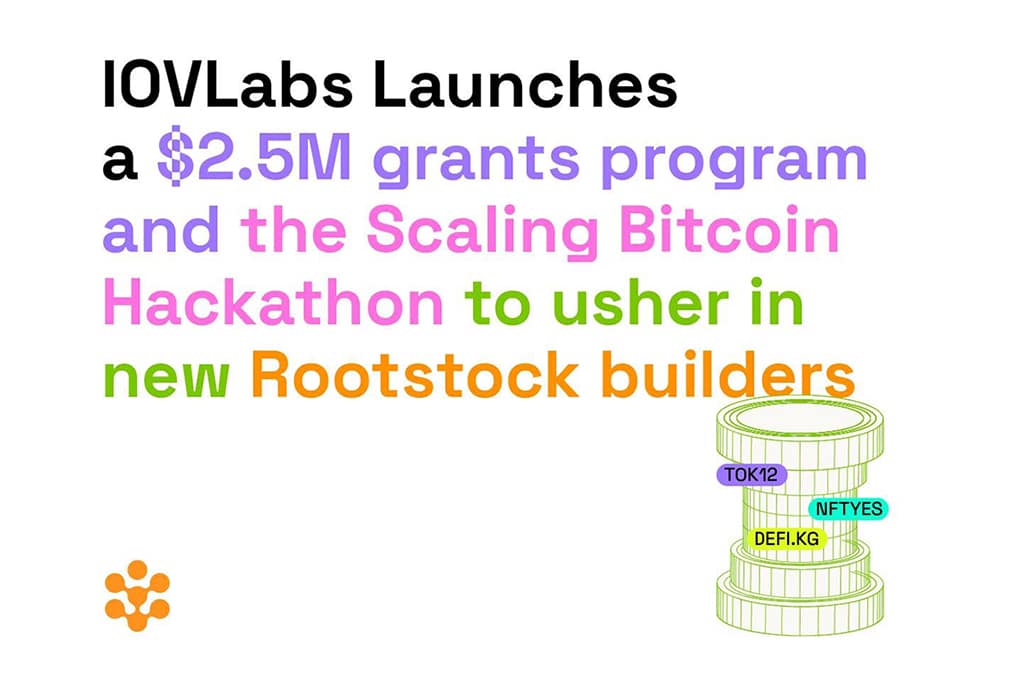
Keeping Satoshi Nakamoto’s Dream Alive: Nagezeni and Rootstock to Improve Bitcoin
It has never been hacked, its founder or a group of developers have never been involved in any malicious activity or a dirty act. As you may have already assumed, only Bitcoin can fit this profile. It was created to be a new peer-to-peer cash that cannot be stolen, copied or hacked. The decentralized nature of the network guaranteed Bitcoin’s immutability, transparency and security.
Still, Bitcoin’s blockchain had some weaknesses and inefficiencies: it lacked scalability and widespread acceptance. The new generation of tokens based on Rootstock platform plans to solve these problems.
Bitcoin’s history began right after the second biggest financial crisis since the Great Depression, when mysterious Satoshi Nakamoto published his famous White Paper in 2008. People were reluctant to trust their money earned with blood, sweat and tears to banks that have just recently distinguished themselves with careless and reckless behavior.
Bitcoin was supposed to become a new currency that would not need to rely on any third party. Decentralization allowed to get rid of middlemen and presented an alternative to traditional banking services.
It may sound obvious, but not everyone understands the level of security Bitcoin offers. It would be enough to say that it is secured not by people or trust, but by math. Math never lies or goes wrong. You may have heard about German Enigma encoding machine and how tough it was to crack. Now imagine such an instrument but hundreds times more secure.
Bitcoin could boast of a couple of revolutionary for its time features. It is irreversible, which means that a transaction can‘t be “rolled back” after confirmation. It’s anonymous, so no one will be able to disclose the entity of a person behind 30 characters address code.
It’s fast and borderless. In particular, Bitcoin’s speed does not depend on the receiver’s or sender’s location, as this transaction happens in a global network of computers. Operations take only a couple of minutes to be confirmed. Finally, Bitcoin is just a software that can be downloaded freely by anyone, anywhere.
Nevertheless, Bitcoin is still far from being perfect. As Satoshi Nakamoto stated himself,
“The software is still alpha and experimental. There’s no guarantee the system’s state won’t have to be restarted at some point if it becomes necessary, although I’ve done everything I can to build in extensibility and versioning.”
The first time crypto community understood the seriousness of that statement was in 2010, when the biggest security threat has been discovered in Bitcoin’s protocol. The vulnerability allowed users to create an indefinite number of coins. Thankfully, it has been successfully solved.
Nine years after Satoshi’s words are still true. One of Bitcoin’s main strengths – security – is its main weakness at the same time. With the increased popularity of cryptocurrencies in recent years, low confirmation speed became a serious issue. As a result, scalability problem has given rise to huge transaction fees, stacked transactions and long drawn debates resulting in forks and community splits, such as Bitcoin Cash, Bitcoin Gold, Bitcoin Classic.
All this has led to a situation in which crypto community started to seek for new ways of improving Bitcoin’s network. In 2014 a two-way pegged sidechain to Bitcoin, Rootstock, was proposed. Their solution allows to transfer cryptocurrency from a main blockchain to a second blockchain and vice versa requiring low third party trust.
One of the main features of Rootstock (RSK) is that it’s Turing-complete, which means that smart contracts will run correctly on its blockchain. In other words, with Rootstock it’s possible to create Bitcoin-secured smart contracts. Additionally, RSK is able to improve the network’s scalability, allowing up to 300 transactions per second.
As a sidechain of Bitcoin, RSK network will reward the numerous Bitcoin miners via merge-mining. Just to have an idea, merged mining is the process of allowing two different cryptocurrencies based on the same algorithm to be mined simultaneously. Thanks to its instrument, RSK platform is able to effectively retain the security of Bitcoin.
It is also worth mentioning that RSK platform is compatible with the Ethereum Virtual Machine (EVM), meaning that Ethereum smart contracts and DApps can easily migrate to RSK.
One of the pioneer companies that started to use Rootstock was a Japanese venture called Nagezeni. At first, they launched their NZE token on top of Ethereum platform, but seeing great potential and innovative features of Bitcoin’s sidechain, they decided to migrate to Rootstock platform.
Nagezeni team uses blockchain to create a new financial system: more flexible, accessible and inclusive for everyone. Actually, their philosophy is quite similar to RSK’s. They believe that cryptocurrencies and Bitcoin can enhance the life of billions of people and make the world more secure and transparent.
Almost 10 years, hundreds of cryptocurrencies, billions of dollars market cap, cryptocurrency exchanges, and still the undefeated world’s crypto champion is… Bitcoin! It was created with the purpose of solving existing problems in the financial industry and give financial freedom to people. Now it’s time to apply some improvements to Bitcoin itself. Nagezeni, Rootstock and many other companies, backed up by real professionals are working day and night to keep Satoshi Nakamoto’s dream alive.
To learn more about Nagezeni and its innovative ideas, visit its website and follow the news on Telegram, Twitter and Facebook.
Disclaimer: This publication is sponsored. Coinspeaker does not endorse or assume responsibility for the content, accuracy, quality, advertising, products, or other materials on this web page. Readers are advised to conduct their own research before engaging with any company mentioned. Please note that the featured information is not intended as, and shall not be understood or construed as legal, tax, investment, financial, or other advice. Nothing contained on this web page constitutes a solicitation, recommendation, endorsement, or offer by Coinspeaker or any third party service provider to buy or sell any cryptoassets or other financial instruments. Crypto assets are a high-risk investment. You should consider whether you understand the possibility of losing money due to leverage. None of the material should be considered as investment advice. Coinspeaker shall not be held liable, directly or indirectly, for any damages or losses arising from the use or reliance on any content, goods, or services featured on this web page.




